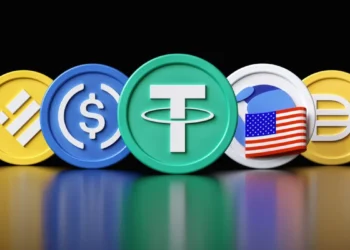Northeast Asian country, Japan, becomes one of the first major economies to introduce a legal framework surrounding stablecoins. This comes at a time when there have been pertinent questions asked about the backings of many of the existing stablecoins, as a result of the fall out of the Terra blockchain’s programmable stablecoin, UST, that lost its peg to the U.S. dollar.
Japanese lawmakers passed a bill that clarified the legal status of stablecoins, defining them essentially as digital money. According to the new law, stablecoins must be linked to the yen or another legal tender and guarantee holders the right to redeem them at face value.
The legal definition effectively means stablecoins can only be issued by licensed banks, registered money transfer agents and trust companies. The legislation doesn’t address existing asset-backed stablecoins from overseas issuers like Tether or their algorithmic/programmable counterparts.
What you should know
- The new bill passed will suggest that Japanese crypto exchanges will not be able to list licensed and approved stablecoins on their platforms. Before now, crypto exchanges in Japan don’t list stablecoins.
- Governments around the world are racing to erect guardrails around stablecoins, a crucial part of the cryptocurrency industry, after TerraUSD’s implosion led to multibillion-dollar losses from a supposedly safe asset.
- Stablecoins have a combined market value of approximately $160 billion, led by Tether’s USDT, Circle’s USDC and Binance’s BUSD.
- The new legal framework will take effect in a year. Japan’s Financial Services Agency has said it will introduce regulations governing stablecoin issuers in the coming months.
- Mitsubishi UFJ Trust and Banking Corp. has said it plans to issue its own stablecoin called Progmat Coin, once the legal framework is in place.
- The bank unit of Mitsubishi UFJ Financial Group Inc., said the token will be fully backed by yen that’s placed in a trust account, and that it will guarantee redemption at face value.
- The TerraUSD fallout caused a steep selloff across all cryptocurrencies and the Terra blockchain backing UST and its native token, LUNA effectively collapsed. This also affected all projects that are building on the platform.
The implosion hurt confidence in other stablecoins as well, with Tether at one point slipping from its dollar peg. The circulation of Tether has dropped by more than $20 billion since the event. This suggests that this may just be the best time for stablecoin regulation to come into play.





















